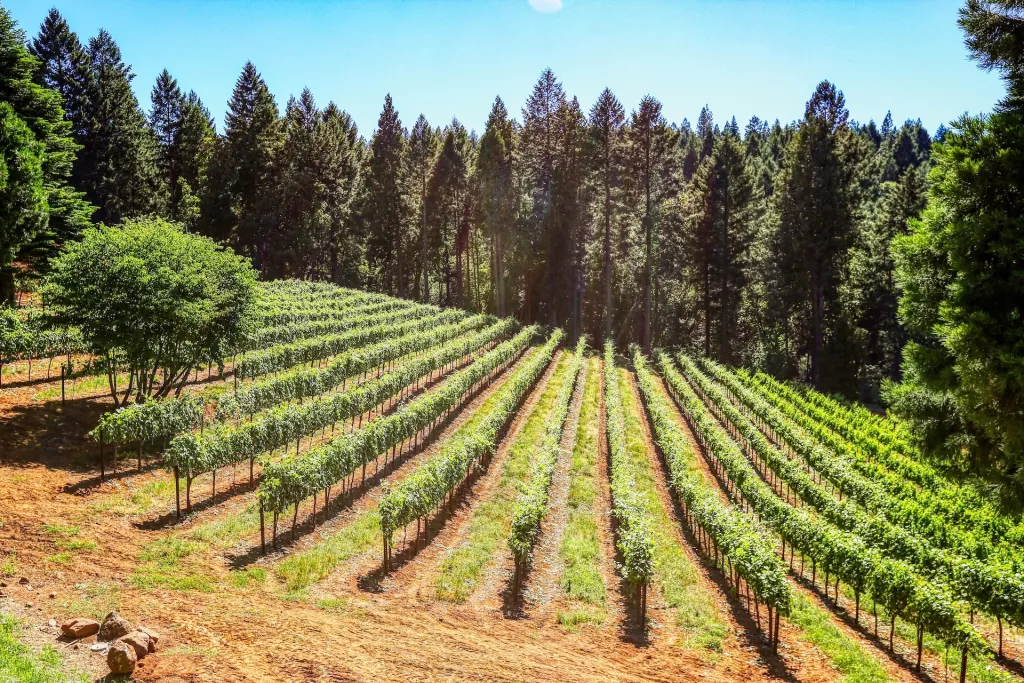6 Surprising Tax Benefits of Owning a Tree Farm
Owning a tree farm provides you with the opportunity to connect with nature and contribute to the preservation of the environment, and it may also offer some unexpected tax benefits. One of the key aspects to consider when exploring tax benefits is the designation of your tree farm as a business. This important step enables you to access numerous deductions and credits that can help you reduce your tax liability.
Owning a tree farm can make you eligible for tax benefits such as timber sale income, depreciation, Section 179 expense, reforestation expenses deduction, conservation easements, property tax reduction, and estate tax exemptions. These programs often lower your property taxes, helping you save money to invest in your farm.
These advantages will help you maximize the potential of your agricultural investment, reduce your tax burden, and drive the overall profitability of your farm enterprise. So, let's dive in and learn how you can make the most of your tree farm with tax planning and strategies.
Summary
- The sale of trees can be taxed at a lower capital gains tax rate if you own the tree for at least 12 months instead of the higher ordinary income tax rate. This means more money in your pocket from timber sales.
- Property tax programs often lower your property taxes, helping you save money to invest back into your farm and continually improve the productivity of your land.
- If you work with land trusts and conservation easements, you can safeguard your woodland’s future while also minimizing any tax burden for your heirs.

Tax Benefits of Owning a Tree Farm
Timber sale income
When you sell timber from your tree farm, the income can be taxed at capital gains tax rates if you've owned the trees for at least 12 months. This means you pay lower taxes on your timber sale compared to your regular marginal tax rate.
Timber sale income is considered capital gains, which are taxed at a lower rate than ordinary income. Additionally, timber sale income is eligible for special tax treatment under the Internal Revenue Code, which allows landowners to defer taxes on the sale of timber until the year in which the income is received.
Depreciation and Section 179 expense
Landowners who own a tree farm may be able to take advantage of depreciation and Section 179 expense deductions. These benefits let you deduct the cost of purchasing equipment and property, like vehicles or machinery, that are essential for managing your tree farm. By claiming these tax benefits, you are able to reduce your taxable income.
Depreciation allows landowners to deduct the cost of the trees over their useful life, while Section 179 expense allows landowners to deduct the full cost of certain equipment and machinery used in their tree farming operation in the year it is purchased.
Reforestation expenses deduction

As a tree farm owner, you can claim a deduction for reforestation expenses, such as planting new trees. This tax benefit helps offset the cost of maintaining a healthy and productive tree farm, contributing to your overall profitability.
The reforestation expenses deduction allows landowners to deduct up to $10,000 per year for expenses related to planting or seeding trees on their land.
Conservation easements
Incorporating conservation easements into your estate plan offers multiple benefits. Not only do you ensure the ongoing protection of your land, but you may also enjoy significant tax advantages. Conservation easements can lower your income taxes, property taxes, and even estate taxes.
A conservation easement is a legal agreement between a landowner and a conservation organization that restricts the use of the land in perpetuity with the goal of protecting the land's natural resources. By placing a conservation easement on their property, landowners may be able to reduce their income and estate taxes.
Property tax reduction
In some states, landowners who own a tree farm may be eligible for property tax reductions. These reductions are often based on the land's current use rather than its potential development value.
Depending on local regulations, owning a tree farm can result in lower property taxes. By working with your local tax assessor, you can determine if your tree farm meets the criteria for property tax reductions.
Estate tax exemptions
Estate tax exemptions can be part of your estate planning to reduce taxes associated with passing your land to future generations. Proper planning can ensure the lasting legacy of your tree farm while minimizing potential tax liabilities.
Under current tax law, estates valued at less than $11.7 million are exempt from federal estate taxes. However, if the estate is valued above this threshold, owning a tree farm may provide a way to reduce the estate's taxable value. This is because land used for farming or forestry is valued based on its current use rather than its potential development value, which can significantly reduce the land's taxable value.
What Exactly are Tree Farms and Its Taxes

In this section, we will look at what qualifies a piece of land as a tree farm and the IRS guidelines you should be aware of.
What qualifies as a tree farm
To benefit from tax advantages, your land must meet certain criteria to be considered a tree farm. You need to:
- Have a minimum acreage of planted or naturally occurring trees (this might vary depending on your area).
- Be involved in the production of timber, such as wood or wood products, for commercial purposes.
- Have a documented forest management plan that outlines your goals, objectives, and strategies for maintaining and improving the health of your forest.
Your tree farm can also provide other benefits, such as preserving wildlife habitats and biodiversity and improving air and water quality.
IRS guidelines
The IRS classifies tree farming as a business activity, allowing you to benefit from various tax deductions. Here are a few tax tips to consider:
- You can deduct ordinary and necessary expenses related to the care and maintenance of your tree farm, such as equipment and labor costs, planting expenses, and insurance premiums.
- Tree farm income should be claimed on Schedule F, and any losses associated with the tree farm can be used to offset other income.
- The Reforestation Amortization provision lets you recover some of the costs of establishing or replanting trees over a period of 84 months.
- If you own the trees for at least 12 months, any income earned from selling the trees is taxed at the long-term capital gains tax rate, which is usually lower than the regular marginal tax rate.
To maximize your tax benefits, it's important to carefully plan and consult a tax advisor who is familiar with forestry-related taxation. This way, you can ensure that you're leveraging all the potential tax benefits from your tree farm.



